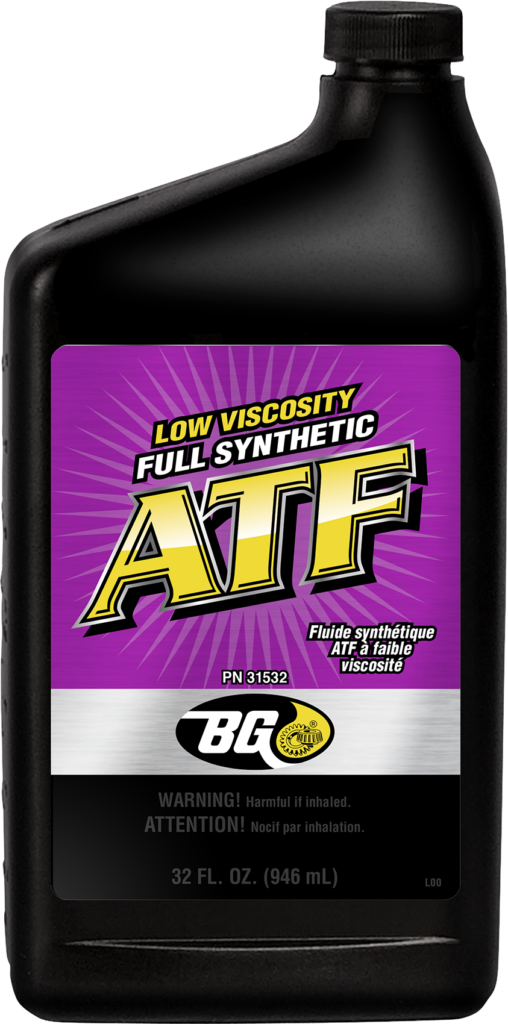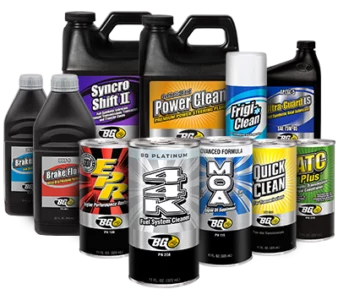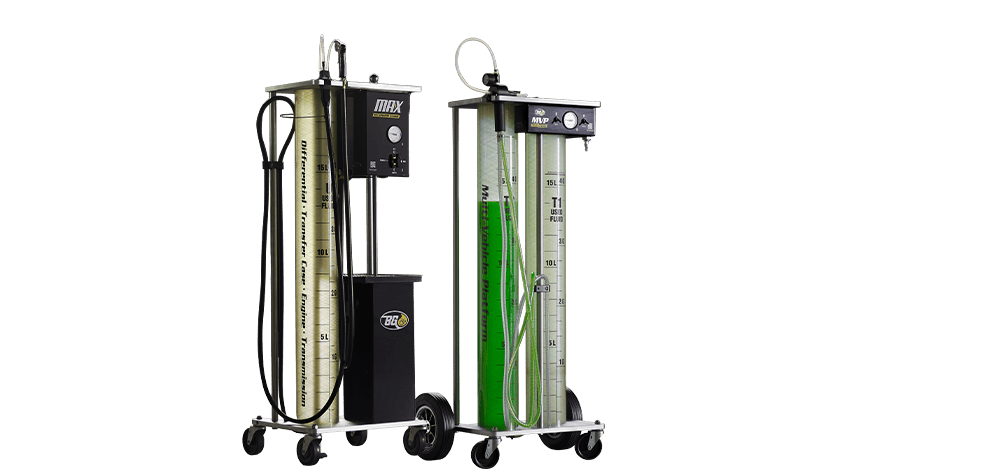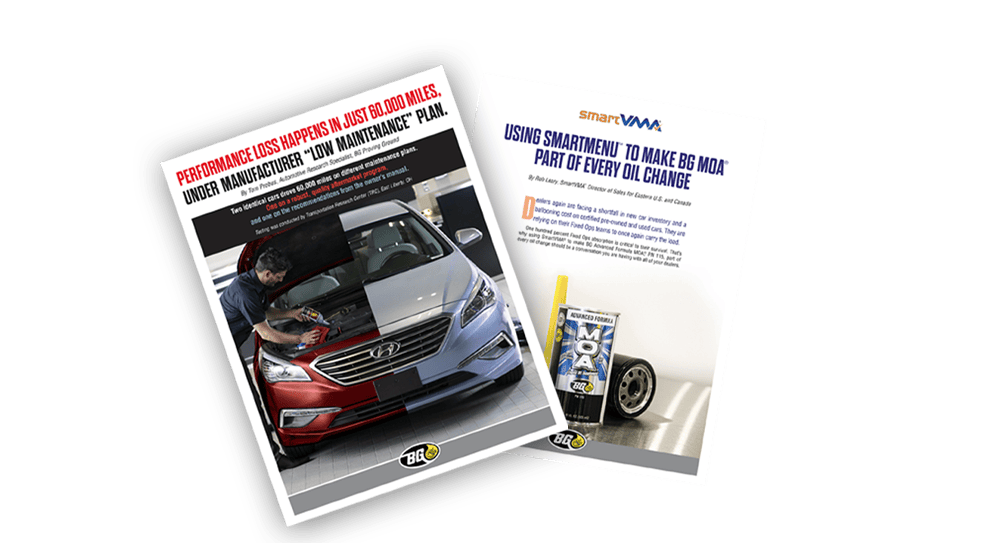Better Fluid Flow

Because low viscosity ATF is thinner, the transmission does not have to work as hard to push fluid through the system, improving efficiency and increasing power to the wheels.
Better Shear Stability

High viscosity fluid (thicker) tends to shear down or break down into a lower viscosity fluid. Sheared down fluid has lost the ability to protect transmission components. Modern low viscosity ATF is thinner but still provides adequate film strength while maintaining a consistent, stable viscosity over time.
Better Technology

Extended Drain Intervals
BG Solution
BG Low Viscosity Full Synthetic ATF, PN 315, is designed to meet or exceed demanding OEM low viscosity ATF requirements. It provides outstanding performance in extreme temperatures, wear and deposit protection, foam resistance, and enhanced shear stability. With a unique additive package, BG Low Viscosity Full Synthetic ATF keeps the transmission running efficiently.







